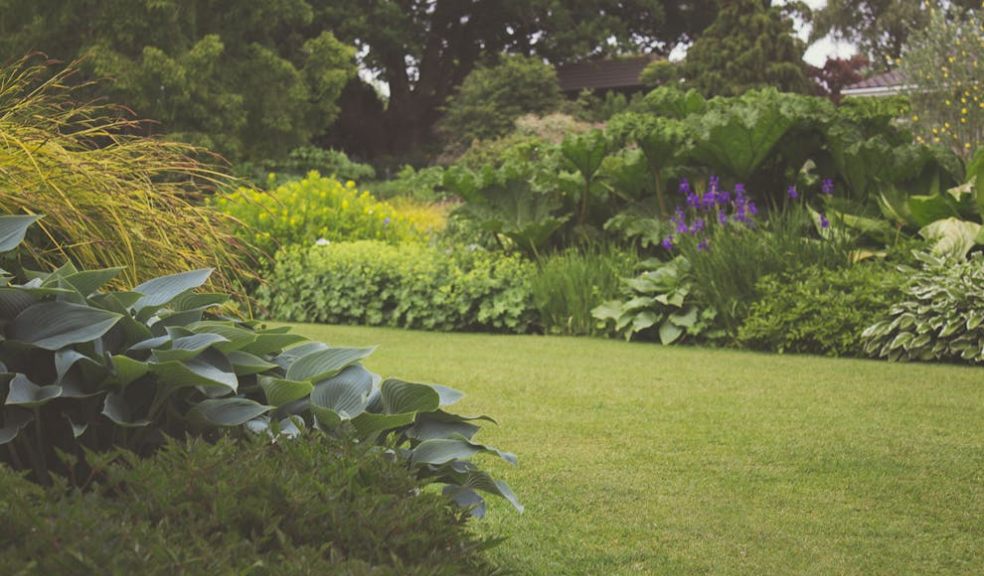
Transform Your Garden with Expert Mulch Edging Techniques
A well-designed garden is often a homeowner’s pride, showcasing lush greenery, vibrant flowers, and neatly maintained walkways. While many focus on the plants, mulch edging is a vital yet often overlooked component that can elevate your garden's appearance and health. In this article, we’ll explore why mulch edging is crucial and how you can use various techniques to give your garden a refined and professional look.
What is Mulch Edging?
Mulch edging creates a clear boundary between your garden's mulch and the surrounding areas, such as your lawn or pathways. This boundary helps to keep the mulch in place while preventing it from spilling over into unwanted areas. Beyond its aesthetic value, mulch edging offers practical benefits, like retaining soil moisture, suppressing weed growth, and improving plant health.
Why Mulch Edging is Essential
Mulch edging does more than improve your garden's visual appeal—it also plays a key role in maintaining the integrity of your landscape. Here are some of the major benefits:
- Prevents Mulch Spread: Edging keeps mulch contained within its designated area, avoiding a messy appearance.
- Enhances Visual Appeal: A well-defined edge between the lawn and the mulch makes the garden look more organized and attractive.
- Boosts Soil Moisture Retention: By keeping mulch in place, edging ensures that the soil retains moisture, supporting healthier plants.
- Reduces Weeds: Mulch serves as a natural weed barrier, and proper edging reinforces that protection, helping to keep invasive plants at bay.
Mulch Edging Techniques
1. Natural Edging
Natural edging involves creating a shallow trench around your garden beds. It’s the simplest method, requiring minimal materials while blending seamlessly with your landscape. Here’s how to do it:
- Mark the Area: Use a garden hose or string to outline where you want the edge.
- Dig a Trench: With a spade or half-moon edger, dig a trench 4-6 inches deep along the edge.
- Add Mulch: Fill the trench with mulch, allowing some to overflow into the bed for a smooth transition between the mulch and lawn.
Natural edging is a cost-effective and easy-to-maintain solution that suits most gardens.
2. Plastic or Metal Edging
For a more durable and defined edge, you can opt for plastic or metal materials. These are available in various styles and colors to match your garden's look. Here’s the process:
- Dig a Trench: Similar to natural edging, dig a trench deep enough to accommodate the edging material.
- Install the Edging: Insert the plastic or metal edging into the trench and secure it with stakes.
- Add Mulch: Fill the bed with mulch, ensuring it reaches the edge of the installed material.
This method creates a sharp, clean edge that requires minimal maintenance and is long-lasting.
3. Stone or Brick Edging
If you’re looking for a decorative option, stone or brick edging not only serves to contain mulch but also adds sophistication to your garden. Here's how to install it:
- Prepare the Base: Dig a trench, add a layer of sand or gravel for stability.
- Place the Stones or Bricks: Arrange them in your desired pattern, ensuring they’re level.
- Fill with Mulch: Once the edging is in place, fill the garden bed with mulch, extending it to the edge.
While more labor-intensive, stone or brick edging offers a striking and durable border that can enhance your garden’s overall design.
Tips for Effective Mulch Edging
- Choose the Right Mulch: Opt for heavier mulches like hardwood, which stay in place better than lighter options like pine needles or straw.
- Regular Maintenance: Over time, mulch can settle or shift, so be prepared to refill and re-adjust your edging periodically.
- Match the Design: Ensure your mulch edging complements the rest of your garden’s design by considering the shapes, colors, and textures in your landscape.
Conclusion
Mulch edging is a simple yet transformative technique that can significantly improve the look and function of your garden. Whether you choose natural, plastic, metal, or stone edging, creating a clean and defined boundary will enhance both the aesthetic and health of your garden beds. With the right approach, your garden can become a polished outdoor oasis that you’ll be proud to showcase.













